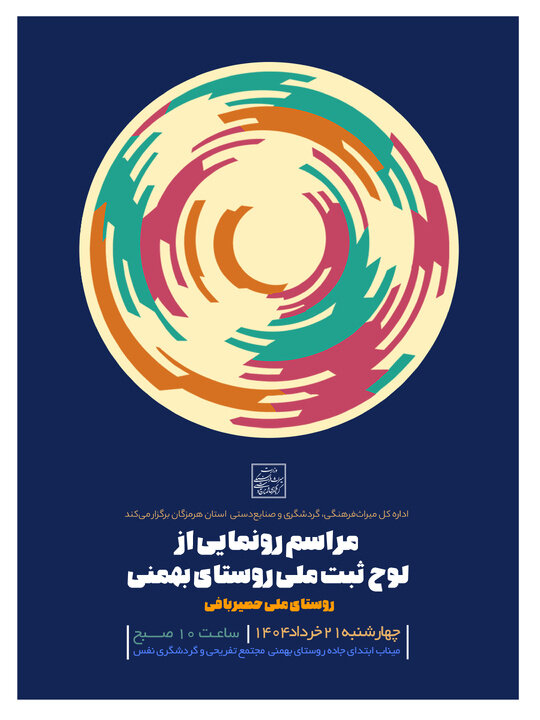
Similar Posts
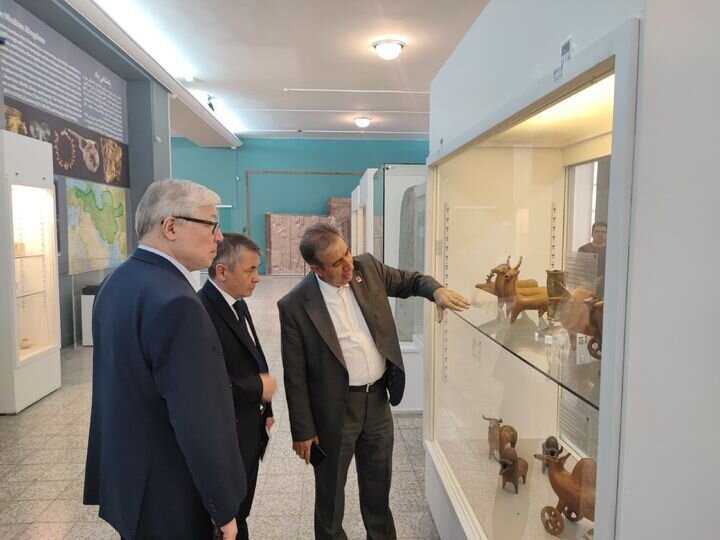
Tehran and Astana Forge Exciting Partnership for Joint Exhibitions and Museum Collaborations!
The National Museum of Iran and Kazakhstan’s museum have launched a partnership to enhance cultural exchange and cooperation. A meeting between museum directors Jebrael Nokandeh and Berik Abdygaliuly led to agreements on hosting joint exhibitions, creating a shared digital database, and implementing existing cooperation terms. Plans include an exhibition of Iranian artifacts in Kazakhstan this year and a Kazakh collection in Iran by 2026. The collaboration emphasizes their rich shared heritage, spanning various historical periods. This initiative aims to deepen understanding of both nations’ cultures and foster global connections through their significant archaeological collections.
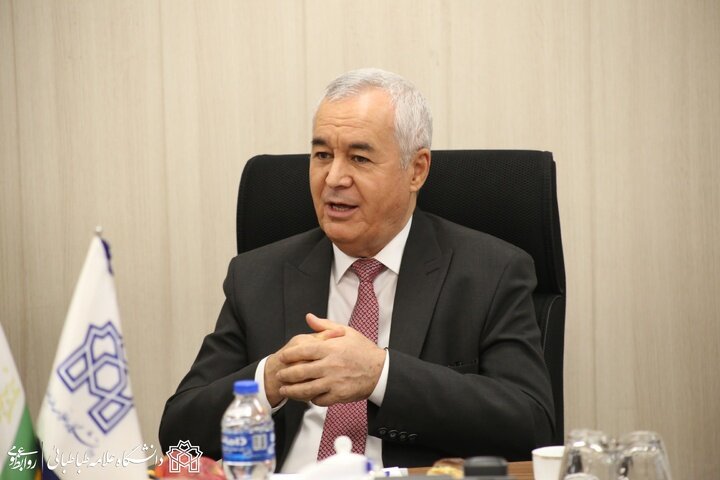
Tajik Ambassador: Tehran and Dushanbe Forge Strongest Bonds Yet!
Iran and Tajikistan’s relationship has strengthened significantly, highlighted by a visit from Iranian President Masoud Pezeshkian to Dushanbe. Tajik Ambassador Zohidi Nizomiddin Shamsiddinzoda emphasized their deep historical and cultural connections, citing Iran’s early recognition of Tajikistan’s independence and the first foreign ambassador’s credentials presented in Dushanbe. Increased official visits and cultural exchanges, including a visa waiver agreement, have enhanced ties. The Nowruz celebrations, recognized by UNESCO, further solidified this bond, showcasing traditional music and cultural exhibits. Overall, both nations are committed to nurturing their partnership through ongoing cultural, economic, and social cooperation.
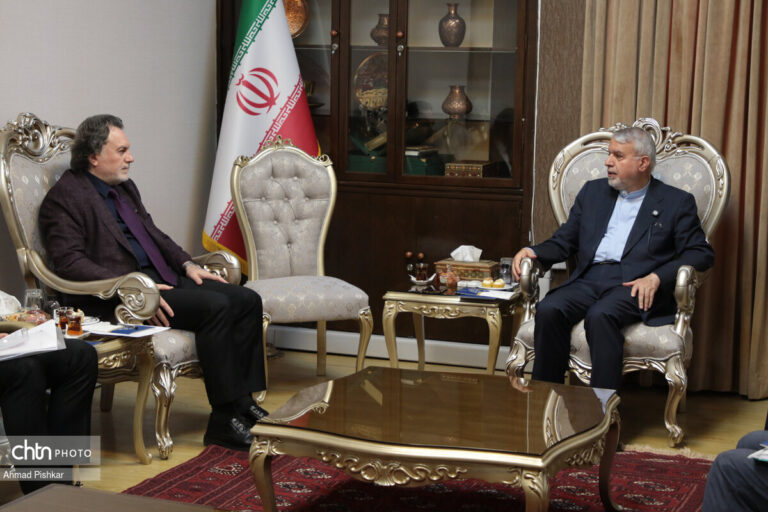
Iran and Turkey Forge Stronger Bonds: A New Era of Cultural and Tourism Cooperation
During a recent meeting, Iran’s Minister of Cultural Heritage, Seyyed Reza Salehi-Amiri, and Turkey’s ambassador, Hicabi Kirlangic, emphasized the need to strengthen cultural ties and enhance cooperation in tourism and heritage. Salehi-Amiri highlighted the historical bonds between the nations, particularly through the legacy of Rumi, and noted the increasing interest among Iranians in visiting Turkey. He invited Turkish investors to develop Iran’s tourism infrastructure and proposed a bilateral agreement for cooperation. Both officials advocated for joint cultural events and emphasized the significance of promoting Iranian tourist destinations in Turkey, aiming for mutual benefits in cultural and economic sectors.
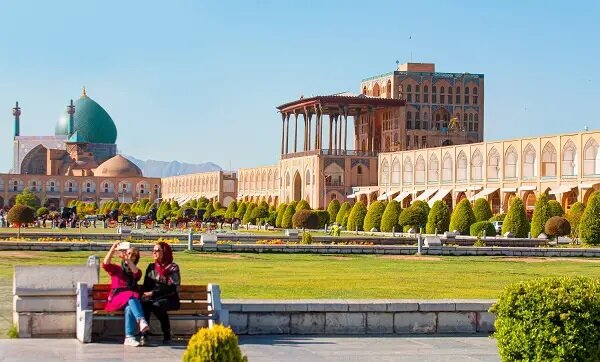
Isfahan Crowned 2025 Asian Capital of Tourism: A New Era of Cultural Exploration!
Isfahan has been named the Asian Capital of Tourism for 2025 by the Asian Mayors Forum, recognizing its rich cultural heritage and vibrant tourism. The announcement was made at Bagh-e Zereshk mansion, attended by local and international officials. Mayor Ali Qasemzadeh highlighted the city’s historical significance, noting that 1,600 hectares are rich in historical texture. He emphasized Isfahan’s appeal as a living historical environment and its role in hosting international events. With stunning architecture, bustling bazaars, and beautiful gardens, Isfahan aims to enhance its global tourism profile and showcase its unique offerings in 2025.

Discover the Soheili Mangrove Forest: A Perfect Blend of Community Engagement and Environmental Conservation
The Soheili mangrove forest on Qeshm Island in Iran exemplifies environmental resilience and community dedication. This UNESCO biosphere reserve showcases a partnership between nature and Soheili village residents who employ innovative conservation methods. Villagers nurture mangrove seedlings at home, build observation towers for birdwatching, and preserve traditional Hori boats. The forest supports diverse wildlife, including flamingos and fish, but faces challenges like rising sea levels and pollution. The community’s hands-on restoration efforts have resulted in thousands of new mangroves, fostering environmental stewardship and cultural heritage, while engaging visitors and researchers in its rich biodiversity.

Stunning Discovery: Ancient Greek Tomb Unearthed Near Corinth Reveals Secrets of a Lost Civilization
The Ministry of Culture has announced the discovery of an ancient Greek tomb site near Tenea in Corinth, resembling Hellenistic Macedonian tombs. The site features a unique “T”-shaped layout with a corridor and a burial chamber, housing a well-preserved sarcophagus believed to contain an adult woman. Archaeologists found various artifacts, including a gold ring depicting Apollo, Hellenistic coins, and votive offerings, indicating the site’s historical and religious significance. The tomb, used until the 4th century AD, has been linked to burial practices and rituals. Ongoing excavations promise to unveil further insights into ancient Greek culture and traditions.